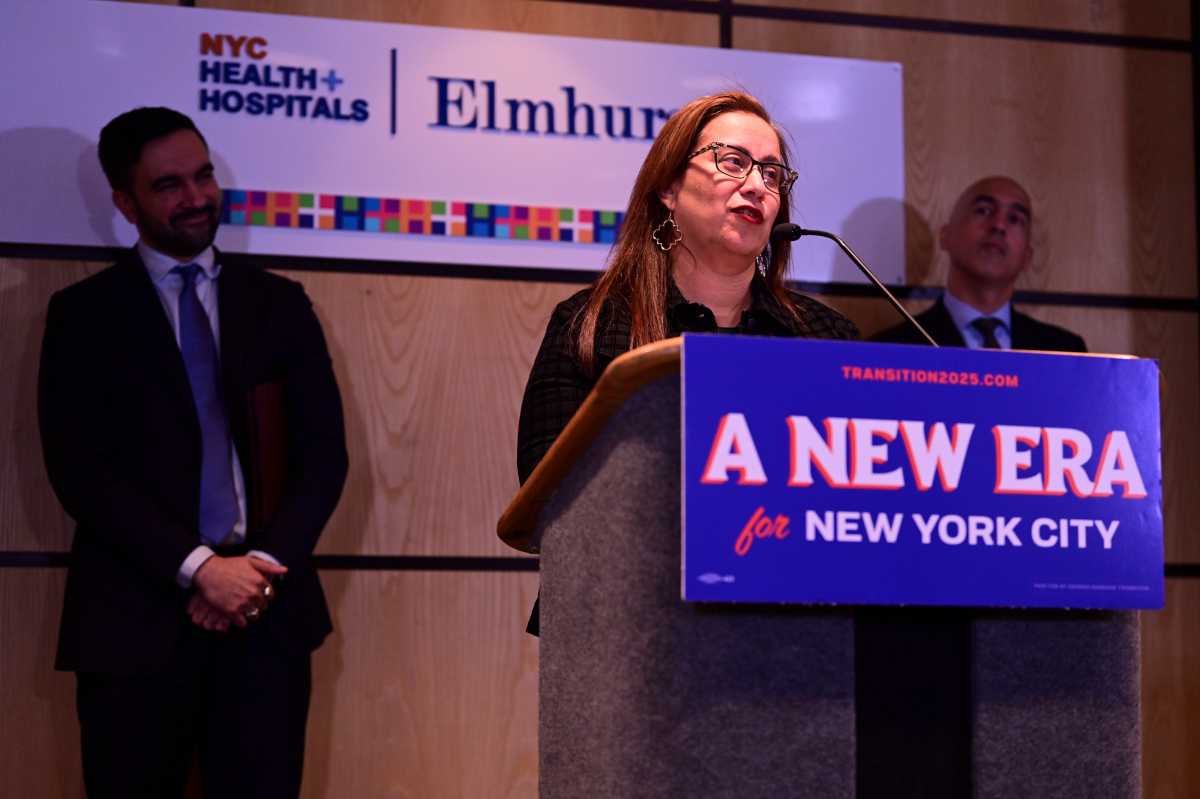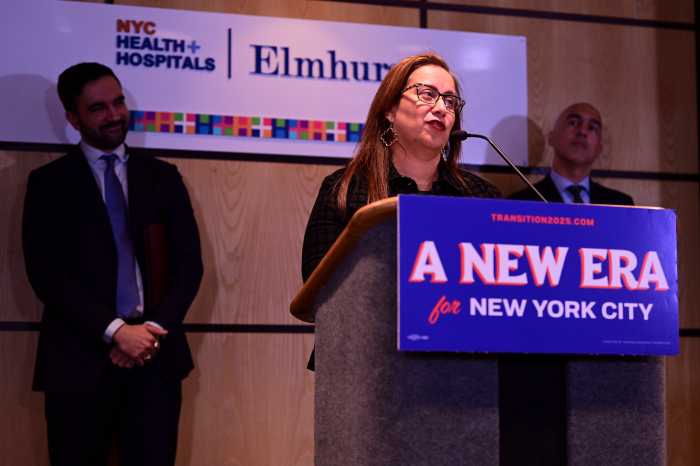By Patrick Donachie
The financial status of NYC Health + Hospitals is increasingly uncertain, as the implications of potential changes to federal health care funding exacerbate a system already marked by declining admissions and a drop in federal and state spending.
The view comes from the Independent Budget Office, which analysed the health of the city’s public hospital health system in the coming calendar year. The system can take corrective short-term actions but faces future uncertainty, according to the report.
“However, H+H’s exposure to potential federal policy changes, along with the uncertainties in achieving the required federal and state cooperation assumed in its transformation plan, could create budget shortfalls in 2018 and beyond,” the report said.
The hospital system is the largest public health care system in the country, consisting of 11 hospitals and numerous other trauma centers and health centers, treating more than one million New Yorkers each year, according to H+H. The hospital system includes Elmhurst Hospital at 79-01 Broadway and NYC Health + Hospitals/Queens at 82-68 164th St. in Jamaica.
Mayor Bill de Blasio released One New York in April 2016, a plan designed to present solutions for encroaching budget deficits for H+H operations in the years to come, projected to rise to $1.8 billion by 2020. About $2.5 billion in federal and state funding is factored into the transformation plan, but $1.3 billion of this expected funding has not yet been approved.
The IBO found a multitude of other reasons for projected shortfalls, including Medicare and Medicaid not providing sufficient reimbursement, a pledge to provide care for any patient regardless of the ability to pay and rises in staff salaries, which continue to be the system’s greatest expense.
The system hopes to increase revenue by pursuing chances to re-purpose existing sites to sell or lease at a profit and by advocating to increase the expected revenue from federal and state funding, insuring more uninsured patients and by placing a greater focus on outpatient care.
Though the repeal of the Affordable Care Act was not passed in Congress last week, it remains to be seen what long-term changes in federal health care policy and spending are forthcoming. Since the initiation of the Affordable Care Act in 2011, the number of uninsured individuals treated at H+H facilities dropped by 11 percent. The failed House Republican plan would have reduced federal support by capping Medicaid spending and decreasing the federal matching rate for the Medicaid expansion of the Affordable Care Act.
“This, along with requirements for citizenship or permanent resident status at time of application and increasing the frequency for eligibility redeterminations, would make Medicaid coverage more difficult to maintain, which would likely result in fewer H+H patients being eligible for Medicaid programs over time,” the report said.
Reach reporter Patrick Donachie by e-mail at pdona
































